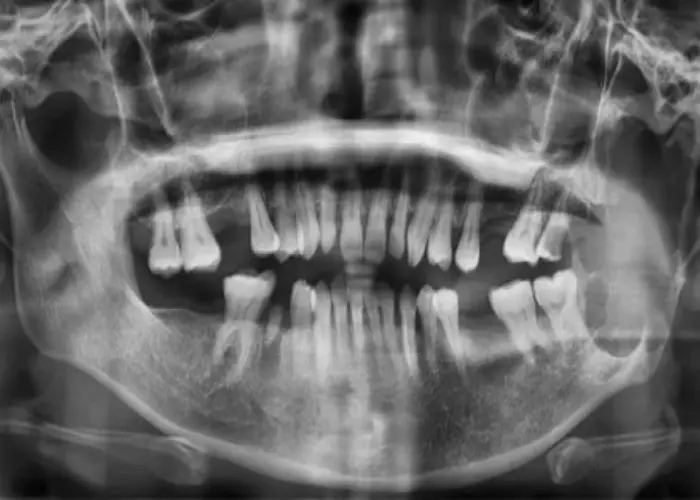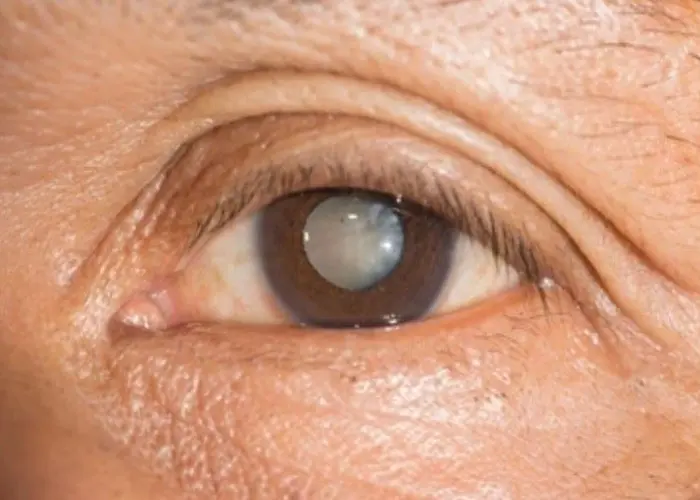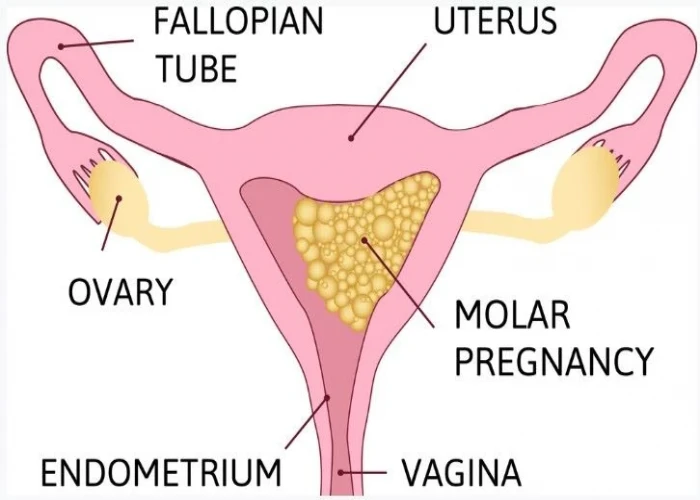 Welcome
Welcome
“May all be happy, may all be healed, may all be at peace and may no one ever suffer."
Molar pregnancy

A molar pregnancy, also known as hydatidiform mole, is a rare complication of pregnancy that occurs when the fertilized egg develops into a nonviable mass of abnormal tissue instead of a healthy fetus. In a molar pregnancy, the placenta grows into a mass of fluid-filled sacs that resemble a cluster of grapes.
Molar pregnancies can occur in any pregnancy, but they are more common in women under the age of 20 or over the age of 40. They are also more common in women who have had a previous molar pregnancy or have a family history of the condition.
Symptoms of a molar pregnancy may include vaginal bleeding or spotting, cramping, and a rapid enlargement of the uterus. Other symptoms may include nausea, vomiting, and high blood pressure.
Diagnosis of a molar pregnancy is usually made through an ultrasound or other imaging studies, which can detect the abnormal tissue growth. Treatment for a molar pregnancy typically involves removing the abnormal tissue through a procedure called dilation and curettage (D&C). After the procedure, regular follow-up care and monitoring are necessary to ensure that all of the abnormal tissue has been removed and to monitor for any signs of complications such as persistent bleeding, infection, or the development of a cancerous growth called choriocarcinoma.
While the majority of molar pregnancies are noncancerous and can be treated successfully, they can be associated with serious complications such as persistent bleeding or the development of choriocarcinoma. Women who have had a molar pregnancy may need to delay getting pregnant again until their doctor has determined that it is safe to do so. Regular monitoring and follow-up care are important for preventing complications and ensuring good long-term health.
Research Papers
Disease Signs and Symptoms
- Vaginal bleeding
- Nausea or vomiting
- Pelvic pain
- High blood pressure (hypertension)
- Ovarian cysts
- Low red blood cells (Anemia)
- Overactive thyroid (hyperthyroidism)
Disease Causes
Molar pregnancy
A molar pregnancy is caused by an abnormally fertilized egg. Human cells normally contain 23 pairs of chromosomes. One chromosome in each pair comes from the father, the other from the mother.
In a complete molar pregnancy, an empty egg is fertilized by one or two sperm, and all of the genetic material is from the father. In this situation, the chromosomes from the mother's egg are lost or inactivated and the father's chromosomes are duplicated.
In a partial or incomplete molar pregnancy, the mother's chromosomes remain but the father provides two sets of chromosomes. As a result, the embryo has 69 chromosomes instead of 46. This most often occurs when two sperm fertilize an egg, resulting in an extra copy of the father's genetic material.
Disease Prevents
Molar pregnancy
If you've had a molar pregnancy, talk to your doctor or pregnancy care provider before conceiving again. He or she may recommend waiting for six months to one year before trying to become pregnant. The risk of recurrence is low, but higher than the risk for women with no previous history of molar pregnancy.
During any subsequent pregnancies, your care provider may do early ultrasounds to monitor your condition and offer reassurance of normal development. Your provider may also discuss prenatal genetic testing, which can be used to diagnose a molar pregnancy.
Disease Treatments
A molar pregnancy can't continue as a normal viable pregnancy. To prevent complications, the abnormal placental tissue must be removed. Treatment usually consists of one or more of the following steps:
- Dilation and curettage (D&C). To treat a molar pregnancy, your doctor will remove the molar tissue from your uterus with a procedure called dilation and curettage (D&C). A D&C is usually done as an outpatient procedure in a hospital.
- During the procedure, you'll receive a local or general anesthetic and be positioned on the operating room table on your back with your legs in stirrups. Your doctor will insert a speculum into your vagina, as in a pelvic exam, to see your cervix. He or she will then dilate your cervix and remove uterine tissue with a vacuum device.
- Hysterectomy. Rarely, if there is increased risk of gestational trophoblastic neoplasia (GTN) and there's no desire for future pregnancies, the uterus may be removed (hysterectomy).
- HCG monitoring. After the molar tissue is removed, your doctor will repeat measurements of your HCG level until it returns to normal. If you continue to have HCG in your blood, you may need additional treatment.
- Once treatment for the molar pregnancy is complete, your doctor may continue to monitor your HCG levels for six months to one year to make sure there's no remaining molar tissue.
- Because pregnancy HCG levels also increase during a normal pregnancy, your doctor may recommend you wait six to 12 months before trying to become pregnant again. Your provider will recommend a reliable form of birth control during this time.
Disease Diagnoses
Disease Allopathic Generics
Disease Ayurvedic Generics
Disease Homeopathic Generics
Disease yoga
Molar pregnancy and Learn More about Diseases

Cellulitis

Ameloblastoma

Laryngitis

Cataracts

Obsessive-compulsive disorder (OCD)

Pulmonary valve disease

Fever

Social anxiety disorder (social phobia)
molar pregnancy, মোলার গর্ভাবস্থা
To be happy, beautiful, healthy, wealthy, hale and long-lived stay with DM3S.
